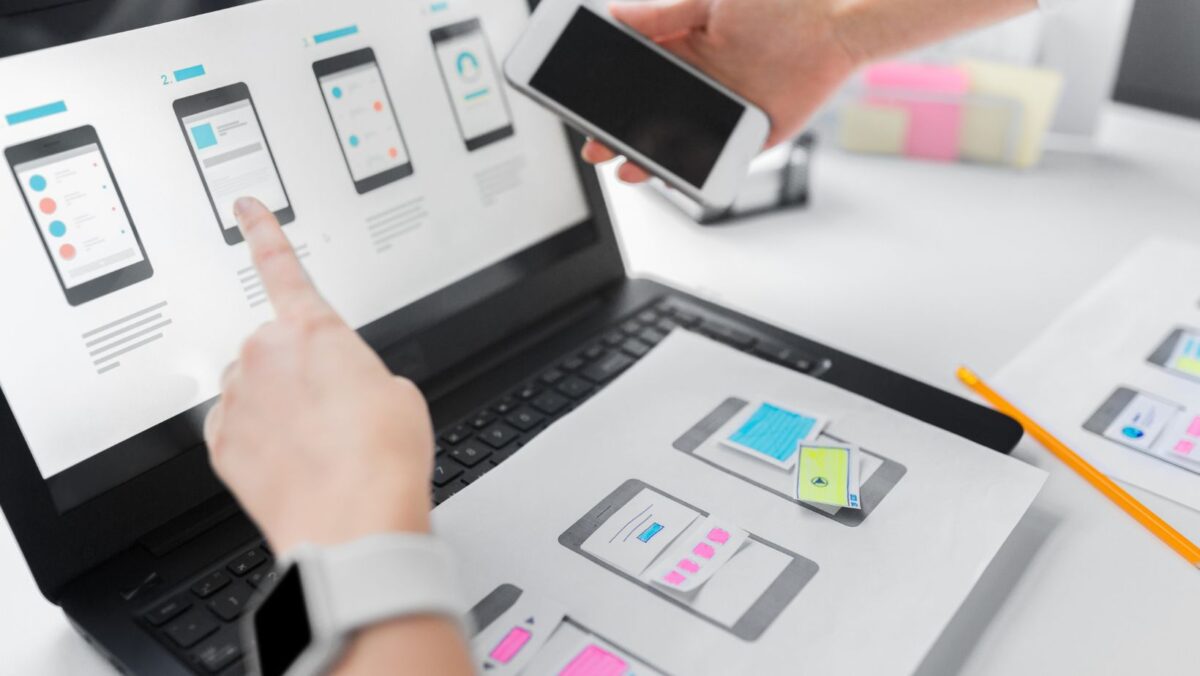When it comes to user interface design, choosing between radio button vs checkbox can sometimes be a bit perplexing. Both options have their own unique purposes and understanding the differences can help in making an informed decision for your application or website.
Radio Button vs Checkbox
Radio buttons are typically used when you want users to select only one option from a predefined set of choices. They work on the principle of exclusivity, meaning that once a user selects one option, all other options within the same group are automatically deselected. This makes radio buttons ideal for situations where mutually exclusive selections are required, such as selecting a gender or choosing a single answer from multiple choice questions.
On the other hand, checkboxes allow users to make multiple selections from a given list of options. Unlike radio buttons, checkboxes operate independently of each other, allowing users to select any combination that suits their needs. This makes them suitable for scenarios where users need to choose more than one option simultaneously or toggle specific settings on/off.
Understanding the distinction between radio buttons and checkboxes is crucial for providing an intuitive and seamless user experience. By correctly implementing these UI elements based on their intended purpose, you can enhance usability and ensure that users can easily navigate through your application or website without confusion. When comparing radio buttons and checkboxes, there are several key differences to consider. Let’s take a closer look at these differences to understand when and how each option should be used.
Selection Limitation
Radio Buttons: With radio buttons, users can only select one option from a given list. Once a selection is made, all other options become automatically deselected.
Checkboxes: Unlike radio buttons, checkboxes allow users to select multiple options simultaneously. Each checkbox functions independently of the others.
User Interaction
Radio Buttons: Radio buttons are ideal when users need to choose just one option from a limited set of choices. They provide clarity and help streamline decision-making.
Checkboxes: Checkboxes work well when users have the freedom to select multiple options based on their preferences or requirements. They offer flexibility and accommodate diverse selections.
Visual Representation
Radio Buttons: These buttons are typically represented by circular or rounded icons accompanied by descriptive text next to each option.
Checkboxes: On the other hand, checkboxes are usually square or rectangular in shape with an empty box that can be checked or unchecked.
Default State
Radio Buttons: By default, radio buttons do not have any pre-selected option until the user makes a choice.

Checkboxes: In contrast, checkboxes may have one or more options pre-selected as per the application’s needs.
Purpose
Radio Buttons: They are commonly used for mutually exclusive choices where only one selection is allowed (e.g., gender selection – male/female).
Checkboxes: Checkboxes find utility in scenarios where multiple selections can be made (e.g., selecting multiple items for purchase).
Remember that the choice between using radio buttons or checkboxes depends on the specific context and user requirements of your application or website. Consider usability and clarity when deciding which input type best suits your needs.
In conclusion, understanding the key differences between radio buttons and checkboxes is crucial for effective user interface design. By making informed decisions, you can create a seamless and intuitive experience for your users. Whether it’s choosing one option or selecting multiple options, both radio buttons and checkboxes serve their respective purposes well. Pros and Cons of Using Radio Buttons and Checkboxes
When it comes to selecting options in forms or interfaces, both radio buttons and checkboxes serve their purpose. However, each has its own set of pros and cons that should be considered based on the specific context and requirements. In this section, I’ll outline the advantages and disadvantages of using radio buttons and checkboxes.
Radio Buttons
Clear Selection: Radio buttons are ideal when users need to select only one option from a list. This ensures that there is no ambiguity in the selection process.
Visual Clarity: The exclusive selection nature of radio buttons allows for clear visual representation. Users can easily identify which option they have chosen at a glance.
Logical Flow: Radio buttons often work well when there is a logical sequence or hierarchy among the choices. They guide users through a series of related options, making it easier to understand the flow.
Space Efficiency: Since radio buttons occupy less space compared to checkboxes, they are suitable for situations where screen real estate is limited.
However, there are some drawbacks to consider:
Limited Flexibility: Radio buttons restrict users to choosing only one option from a list. If multiple selections are required, radio buttons may not be the best choice.
Increased Cognitive Load: When presented with numerous choices using radio buttons, users may experience decision fatigue due to having to evaluate each option individually before making a selection.
Checkboxes
On the other hand, checkboxes offer distinct advantages as well:
Multiple Selections: Unlike radio buttons, checkboxes allow users to select multiple options simultaneously if needed.
Flexibility: Checkboxes provide more flexibility since each item can be chosen independently without any restrictions on the number of selections made.
Easy Comparison: With checkboxes, users can compare different options side by side without losing any previously selected choices.
However, there are potential downsides too:
Ambiguity in Selections: When checkboxes are used, it may not be immediately clear to users if they need to select at least one option or if leaving all options unchecked is acceptable.

Visual Clutter: If there are too many checkbox options, the interface can become visually overwhelming and crowded, potentially leading to a less intuitive user experience.
In conclusion, both radio buttons and checkboxes have their own strengths and weaknesses. The decision on which one to use ultimately depends on the specific requirements of the form or interface you are designing. Consider factors such as the number of choices, required selections, available screen space, and user comprehension when making your selection between radio buttons and checkboxes.

